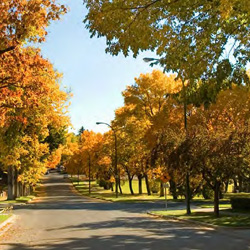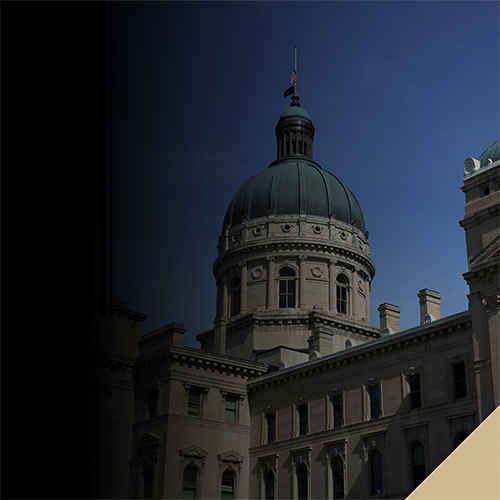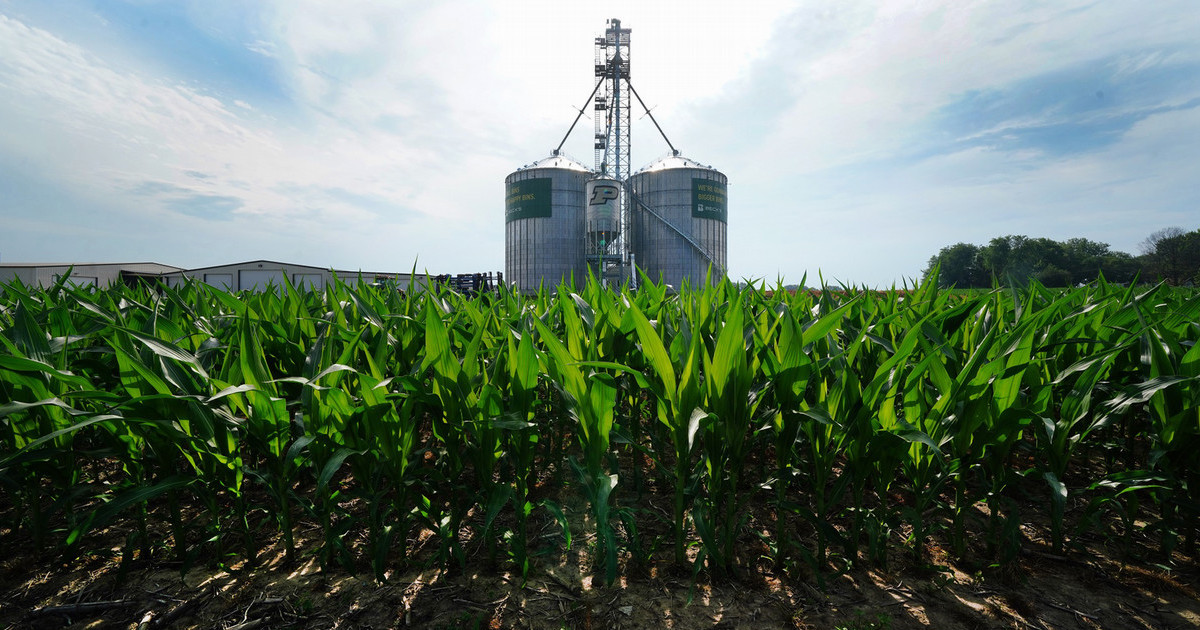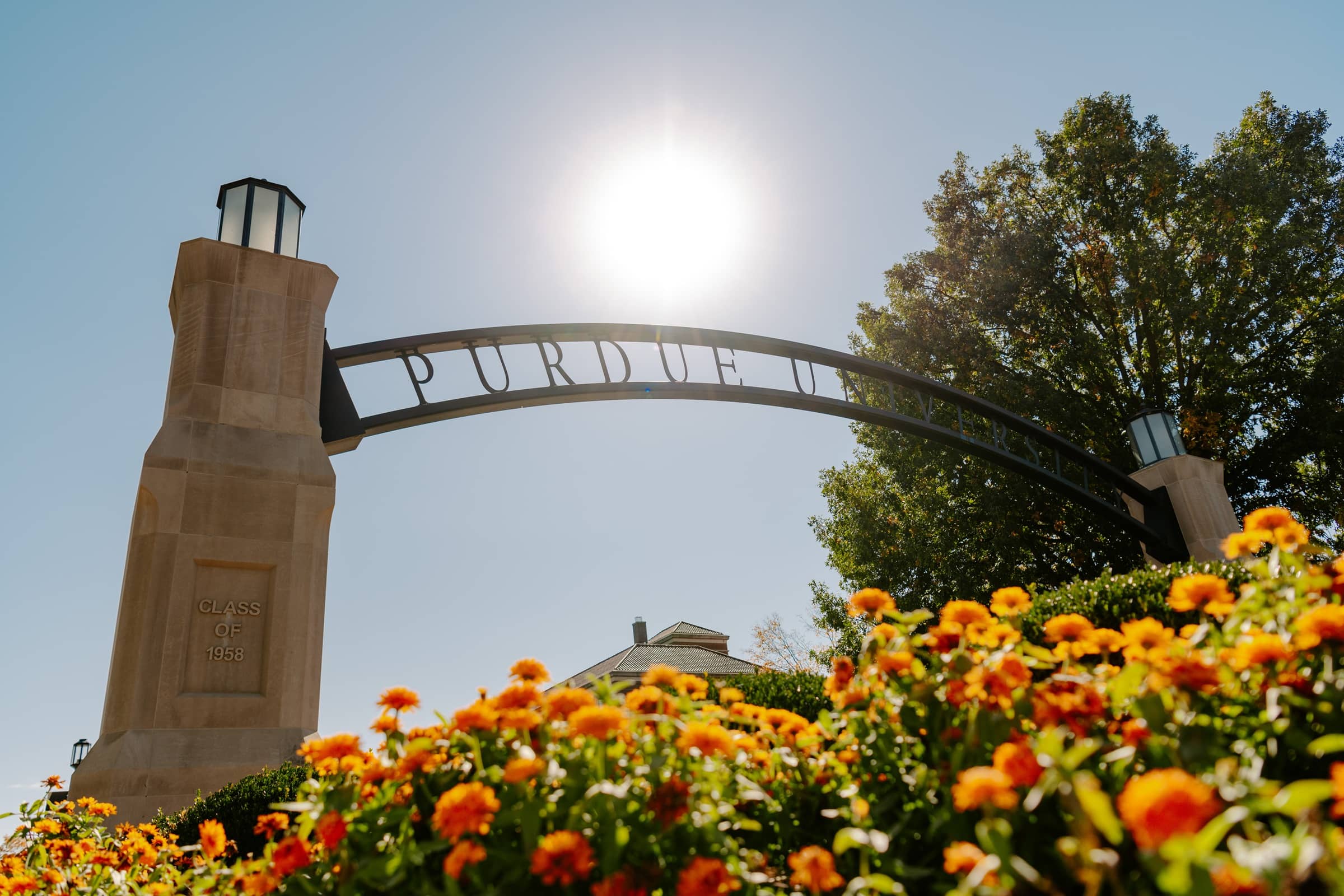Forestry and Natural Resources

Urban Forestry Comprehensive Planning Guide
Urban forestry is a program that invests in the future of the community. Your final plan should consider the biological, management and community needs in order to establish the best policies. Trees provide many benefits to communities. These can include aesthetic qualities, such as the beauty of flowers and fall colors, or functional benefits, including shade, storm water management and filtering pollution for cleaner air and water. All of these qualities combined are called ecosystem services.
Invasive Species Considerations in Community Plans
Non-native plants, animals and other pests can cause harm to native natural resources. Invasive species are often spread by humans during their daily activities and present significant economic, ecological and, in some cases, health-related challenges to communities. This section shows how, through careful consideration, the harm of invasive species can be lessened and their negative environmental and economic impacts reduced.
Forests as a Consideration in Community Planning
Forests occupy about one-fifth of Indiana’s land area and provide economic, environmental and societal benefits that help improve living standards statewide. This section examines direct economic benefits derived from the wood products and outdoor recreation industries, which produce billions of dollars of economic activity and associated employment. It also outlines additional environmental benefits, such as habitat for wildlife, soil and water conservation, biologic diversity and resilience, shading and windbreaks, and noise and odor reduction. Lastly, it covers the societal benefits of aesthetically pleasing landscapes to communities — namely positive effects of forests and natural areas on mental and emotional conditions and how attractive landscapes help people consider communities in which to live and work.
What is Pollinator-Friendly Solar?
Pollinator-friendly solar sites take an alternative approach to site design and management by using low-growing seed mixtures that stabilize soil while also providing a meaningful amount of value to pollinators, project owners, and the community. This section incudes an overview of pollinator-friendly solar, benefits and challenges, planning considerations, seed mix examples, and additional resources.


